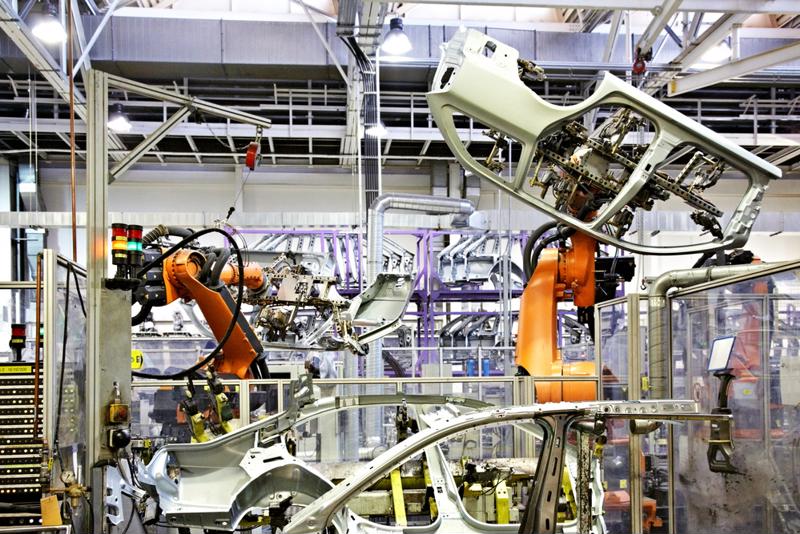

The role of autonomous emergency braking in the commercial automotive space is in transition. With mandatory use coming down the pipeline in various countries but not yet here, it's worth seeing which brands and regions are leading the charge toward the new standard. With questions still present about how and when self-driving vehicles will become more widely accepted, autonomous safety features such as braking represent noticeable steps on the road to greater driver assistance integration.
Nissan update makes auto brakes standard
The Washington Post recently noted an interesting mid-model-year change to the Nissan Rogue SUV: The 2017 version of the car is getting a change, significant enough that the new model will be called the 2017.5 Rogue.
The vehicles will now have standard automatic emergency braking. This comes in addition to to blind spot monitors and cross-traffic alert facing the rear. These features were available in the 2017 Rogue, but are now standard.
It's interesting that Nissan has decided to make these changes to the baseline 2017 Rogue, especially with the 2018 version of the crossover SUV only a few short months away. The news source pointed out that adding standard automatic braking puts Nissan ahead of the curve, as automakers from across the industry have signed a pact to implement the feature across their lines in the near future.
The current state of automatic braking across the SUV market remains varied. According to the news source, Toyota and Mazda have standard automatic brakes in their crossovers, the RAV 4 and CX-5, respectively. Honda and Subaru offer the feature as an option, no matter what feature package buyers choose, while Ford and Chevrolet only provide automatic emergency braking in their high-end versions.
Mazda and Toyota compete in Australia
Drive pointed out that there is a sort of competition going on in Australia, with two automakers making automatic emergency braking standard in more of their models. According to the source, in a potential response to Toyota's decision to make auto braking standard in the C-HR, Mazda turned its attention to its own SUV line. The automaker's braking system, called Smart City Brake Support, is now standard in its small SUV, the CX-3. It was already present in sedans, compact cars and bigger SUVs.
"It is obvious that safety technology is important to new car buyers, so it makes sense to offer key technology as we made the decision to respond to this and offer Smart City Brake Support and other i-ACTIVSENSE safety technologies as standard equipment," said Mazda Australia Marketing Director Alastair Doak, according to Drive.
The news provider added that with all passenger cars and SUVs equipped with standard self-braking tech, Mazda now has only two Down Under models without the feature - the MX-5 and BT-50. With brands rolling out standard automatic emergency braking across more models - and potentially using it as a competitive advantage, it's clear that the technology has found acceptance.

Tesla reclaims its rating points
The ongoing saga of Tesla's braking assistance features and its Consumer Reports rating continues. Green Car Reports noted that after losing many points from its Consumer Reports safety score, Tesla made an active effort to get them back.
This meant re-enabling automatic emergency braking via a software update. The feature was removed when Tesla switched to a different onboard tech package, and since its restoration, the safety ratings of the two affected models have each ticked up a point.
That said, the new feature is not the equal of Tesla's original emergency braking feature, which worked at highway speeds. Green Car Reports noted that the new systems is built for slow-moving conditions, at speeds of 28 miles per hour or less.
Consumer Reports added that if full-speed emergency braking comes back, it may reevaluate its decision and potentially award a few more safety points, and the automaker does indeed have plans to add this feature again.
The new standard is here
With mutually agreed-upon rules pointing to an automatic-braking future, it's clear that car manufacturers feel little hesitation about adding the feature to their default safety packages now. Seeing how far and how fast this trend spreads will be an interesting pursuit for market-watchers over the next few months.
At times of rapid change and development in the braking world, now very much included, competent and thorough testing is necessary. Contact Greening for a complimentary brake testing assessment, to determine the best approach for your brand.